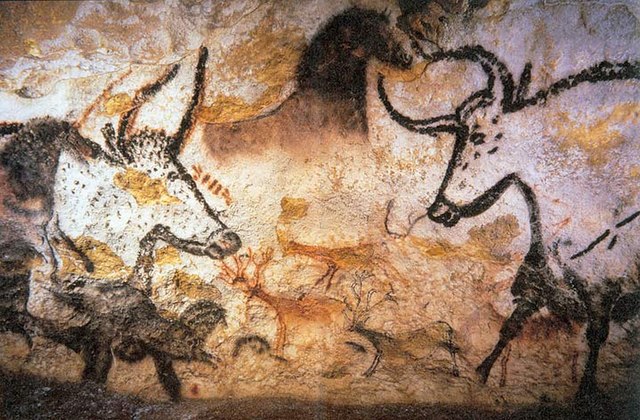Steelmaking is the process of producing steel from iron ore and/or scrap. In steelmaking, impurities such as nitrogen, silicon, phosphorus, sulfur and excess carbon are removed from the sourced iron, and alloying elements such as manganese, nickel, chromium, carbon and vanadium are added to produce different grades of steel.
Steel mill with two arc furnaces
Bethlehem Steel in Bethlehem, Pennsylvania, was one of the world's largest manufacturers of steel before its 2003 closure.
Manganese is a chemical element; it has symbol Mn and atomic number 25. It is a hard, brittle, silvery metal, often found in minerals in combination with iron. Manganese was first isolated in the 1770s. Manganese is a transition metal with a multifaceted array of industrial alloy uses, particularly in stainless steels. It improves strength, workability, and resistance to wear. Manganese oxide is used as an oxidising agent; as a rubber additive; and in glass making, fertilisers, and ceramics. Manganese sulfate can be used as a fungicide.
Pure manganese cube and oxidized manganese chips
Manganese(II) chloride crystals – the pale pink color of Mn(II) salts is due to a spin-forbidden 3d transition.
Aqueous solution of KMnO4 illustrating the deep purple of Mn(VII) as it occurs in permanganate
Some of the cave paintings in Lascaux, France, use manganese-based pigments.






